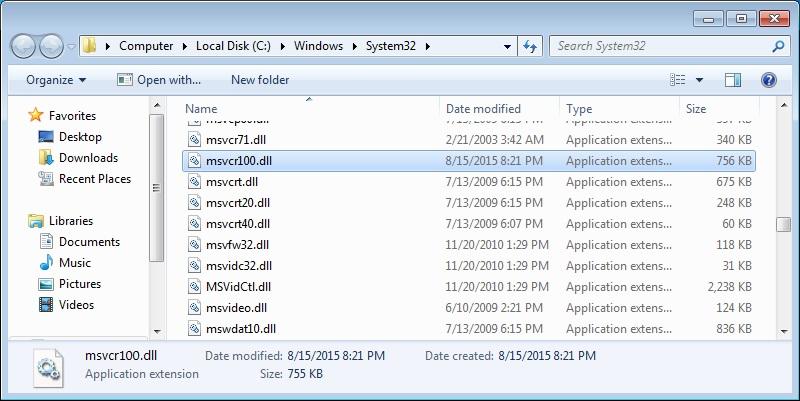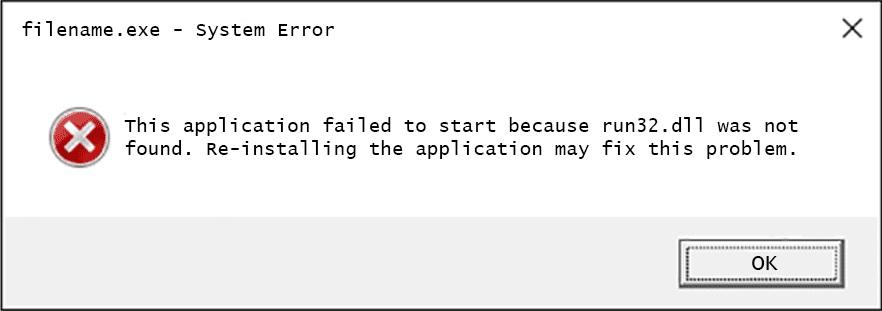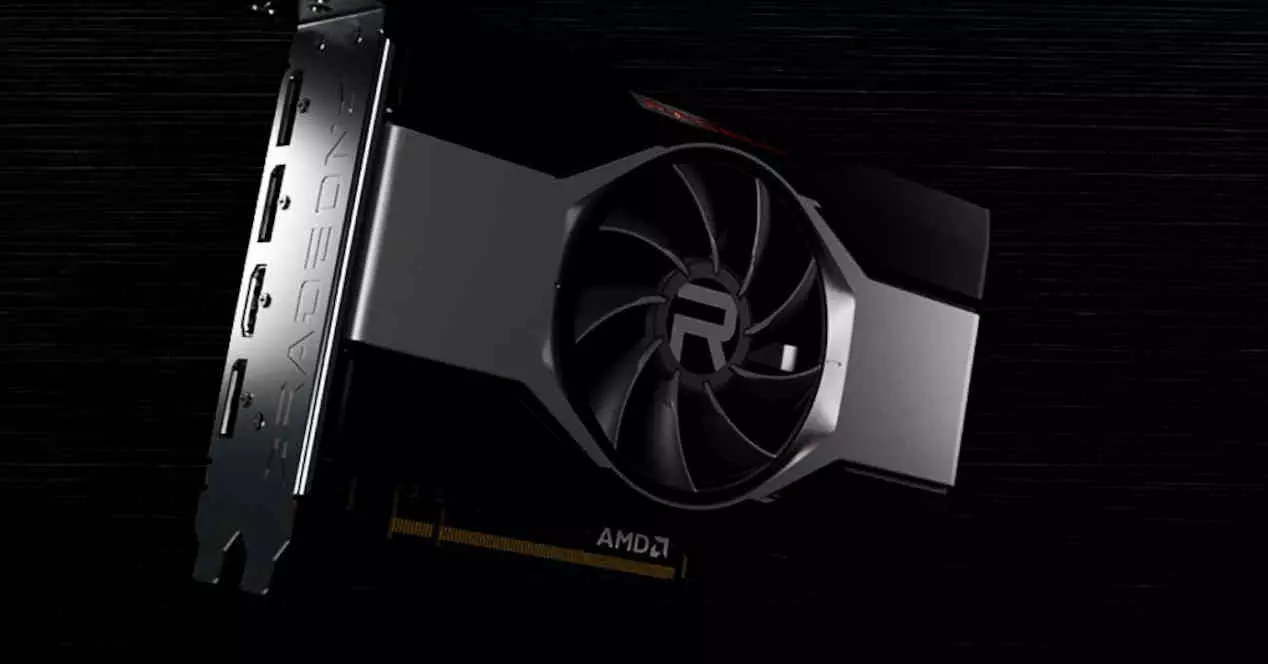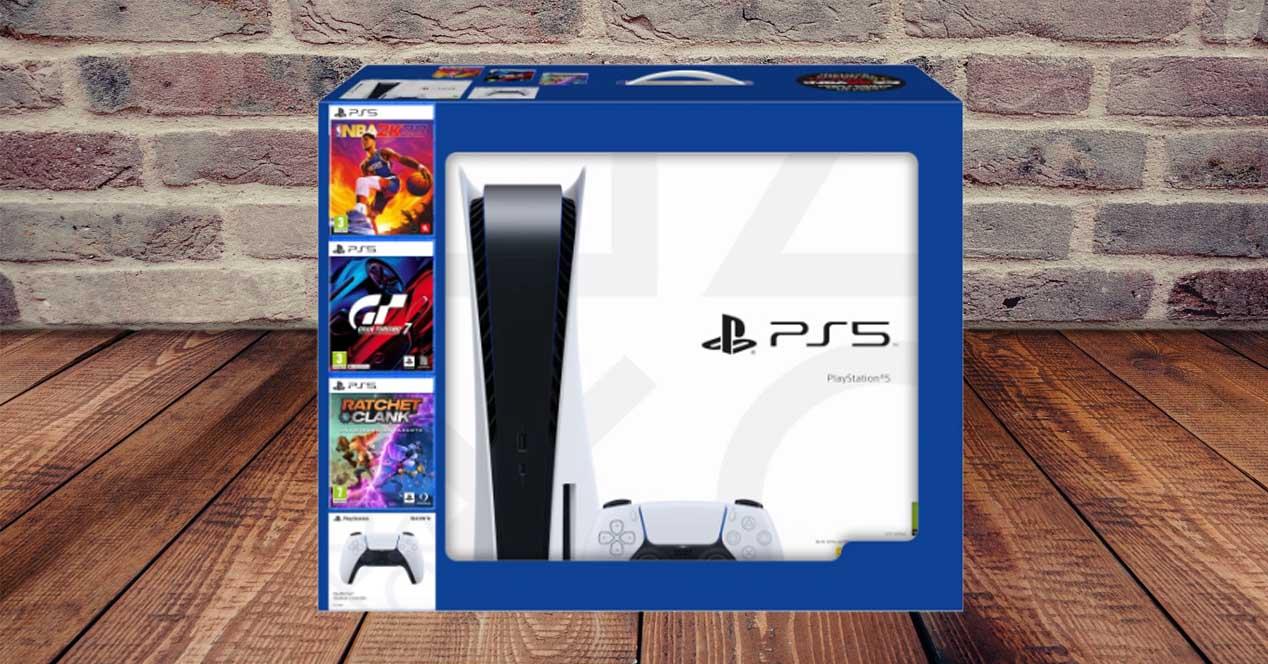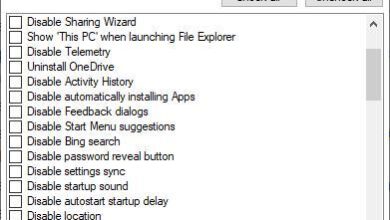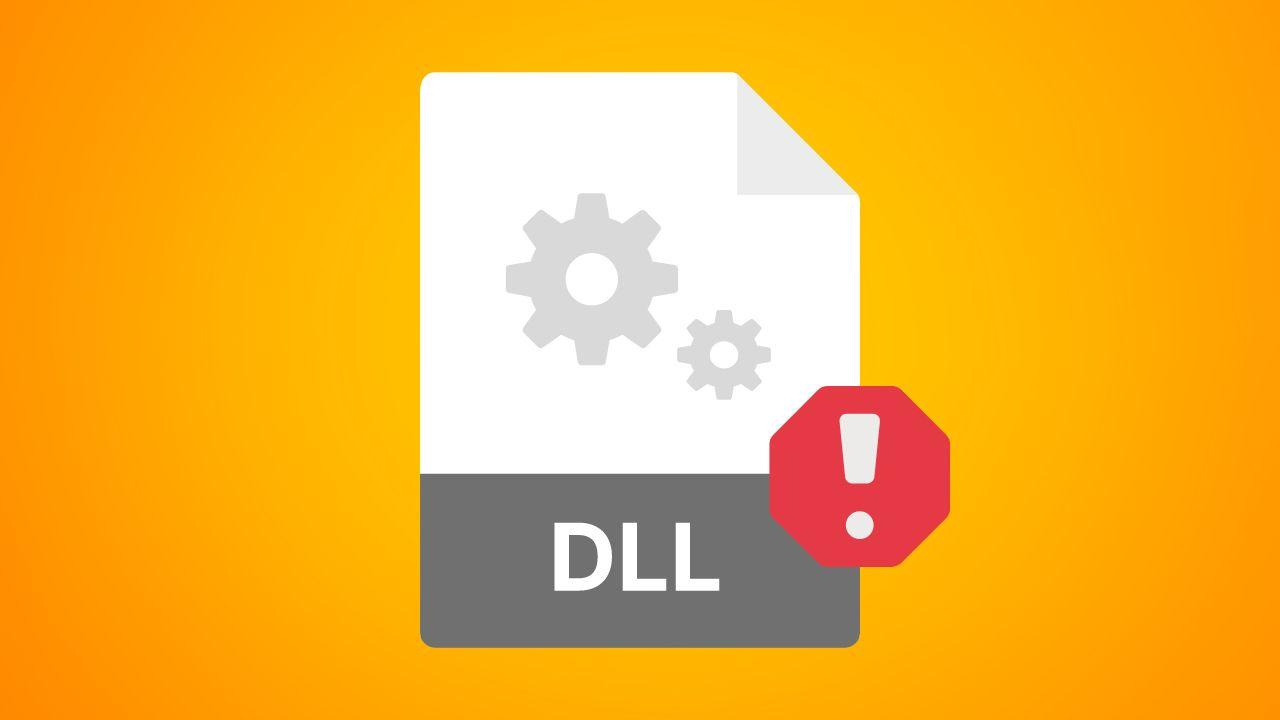
There are an infinite number of file types within computing, each with different characteristics. Surely, the one you know the most is “.doc” for Word documents, “.jpg” for photos or “.exe” for executable files. But, there is a type of vital file on any computer that, curiously, is one of the most headache-inducing: files. .dll files.
Windows owes much of its functionality to “.dll” files. When we run a program, much of the functionality is possible thanks to this type of files.
Files of this type help with code modularization, code reuse, poor memory usage, and reducing the amount of space they take up. It allows, among others, the operating system and programs to load faster.
What is a .dll file?
They are a type of libraries that contain code and data that can be used by more than one program at the same time. Dynamic-link library (DLL) files introduce the concept of a shared library to Windows.
Any program on our computer can use functionality contained in a DLL to implement a dialog box. It helps promote code reuse and more efficient use of memory. A very good example would be the Comdlg32.dll file that performs common functions related to dialog boxes.
These types of files offer a large number of advantages to developers. The strengths of this type of file are:
- Using fewer resources: A DLL can be generated that is used by several programs. This avoids code duplication and therefore saves hard drive and RAM space. Additionally, they impact the performance of programs running in the foreground and background.
- Modular architecture: They promote the creation of modular software. Helps developers save time and costs, as it is easier to use existing elements than to create a program from scratch
- Eases Deployment and Installation: Updates or corrections, implementations and installations do not require a new link with the software. Additionally, since sharing is allowed, the update benefits all software that uses the .dll.
It’s not all good news
While they have many advantages, these types of .dll files are not without problems. It is not uncommon for one of these files to cause problems and prevent a program from running. The problems with these files, years ago, were very problematic for games, although they have improved.
Despite everything, they have these problems:
- Mistakes: Some executables require some .dlls to be available at the time of execution. When the file is not found, a very striking error appears indicating that it could not be started due to this problem. The problem is commonly known as “dependency hell.”
- Exploits: Injections of .dlls with malicious code are quite normal in Windows applications. A malicious actor can change a “good” .dll for one that is infected. It is necessary to know which .dll the operating system will call and then change it to an infected one.
- Speed: A dynamic linking process is slower than a static linking process. They require more CPU computing cycles. But this is punctual, since most of the time it does not need resources.
How to fix a problem with a .dll file?
The tool exists DLL Universal Problem Solver (DUPS) which allows you to audit, purchase, document and display DLL information. Let’s see the tools on which DUPS is based:
- Dlister.exe: Generates a list of all the .dll files on the computer and records the information in a file or text
- dcomp.exe: Compares two or more text files and produces a third file and generates a third file with the differences
- Dtxt2DB.exe: Allows loading of text files generated by b, into the dllHell database.
- DlgDtxt2EB: Provides help to .dll files through a graphical user interface
Conclusion
They are a type of necessary file that allows reducing the load, mainly in games. The truth is that it is used for many other applications, although the best known is gaming. It saves resources, but it is also quite common for these types of files to generate quite a few problems.
